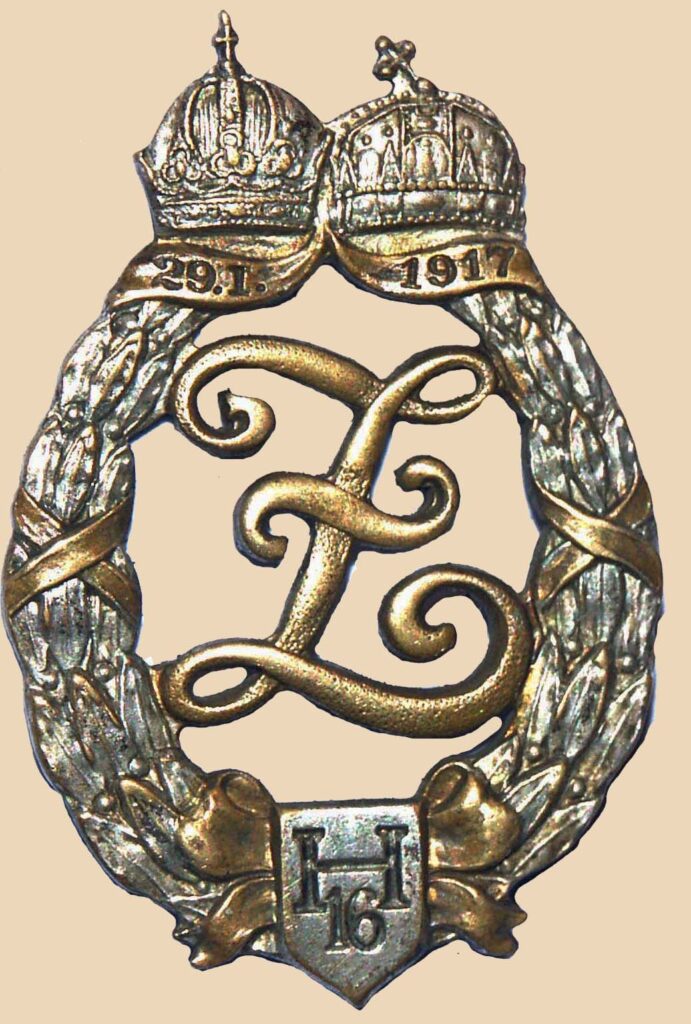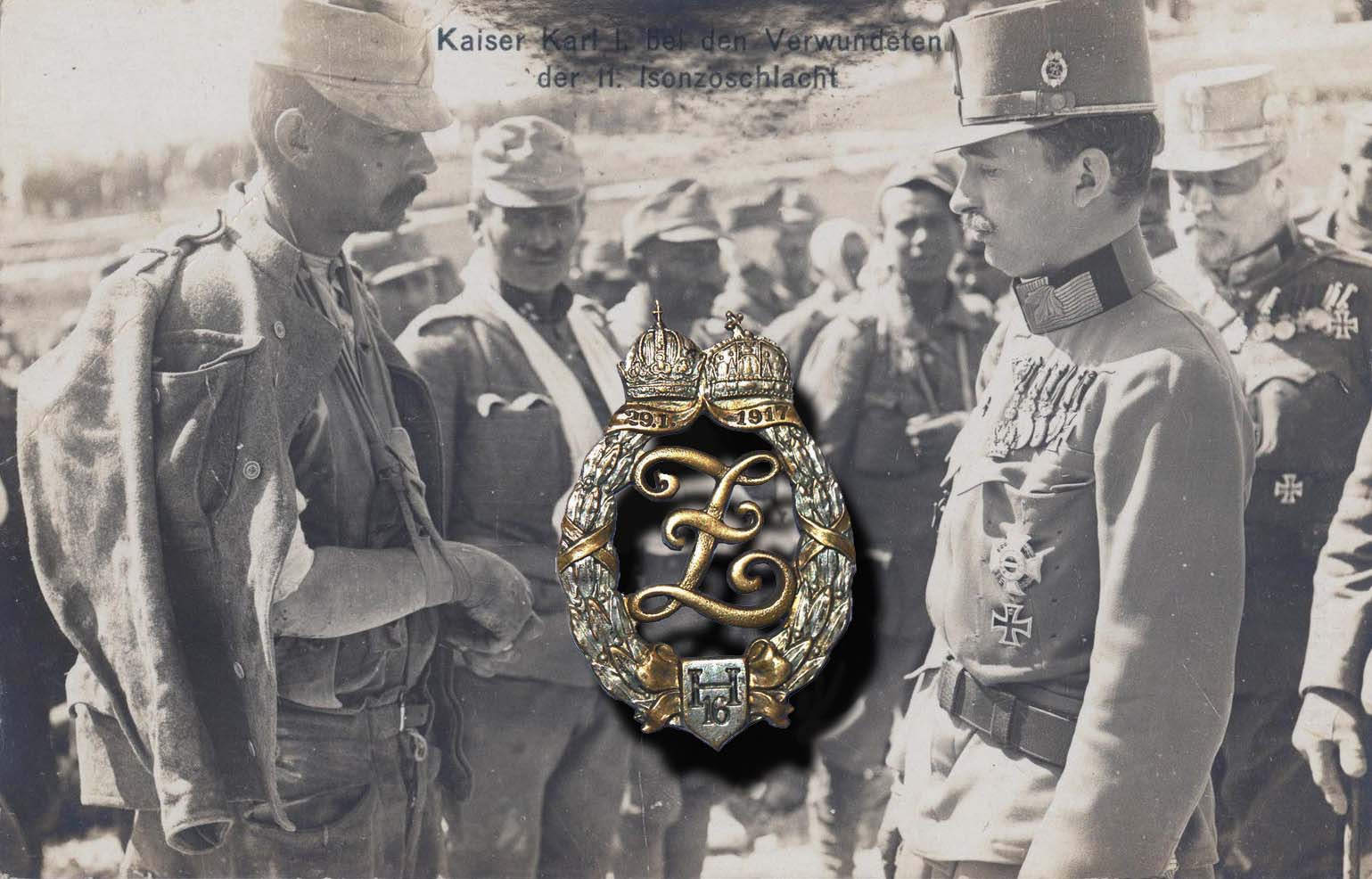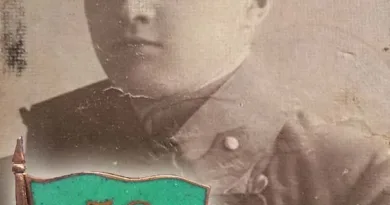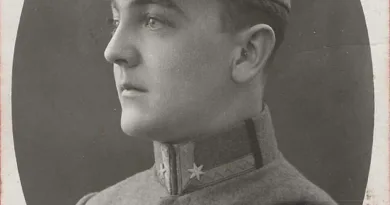Zita hussars
In 1917, the owner of the 16th Üxküll-Gyllenband Hussar Regiment became Empress Zita. On the occasion of this event, a badge was made in which the initial letter of the name of the Empress is the main motif. The date of the event can also be seen on the badge.
It was customary in the Army of the Monarchy to have honorary owners of regiments of different genders. The custom dates back to the 1600s, when these troops were indeed equipped and maintained by their “owner,” placed in the service of the all-time ruler. Later, the title became more and more an honorary recognition. In many cases, it was not the citizens and aristocrats of the Monarchy that were the owners of the regiment, but the rulers of other countries. And some of the regiment owners were not even a living person, but a warlord or former ruler who had previously served the Monarchy extensively. For example, the owner of the 32nd Infantry Regiment was Empress Maria Theresa until 1918. Not only Charles I but also his wife became regiment owner after the accession to the throne.

The 16th Hussar Regiment recruited crew from Hajdú County, but its station and headquarters were not here. On the eve of the Great War, the regiment was stationed in Vienna. The picture of this post shows the emperor wearing this badge on the side of his hat. The ruler often wore a cap badge, usually the badges of the units he had just visited. The picture is a bit strange because it says it was taken in the summer of 1917 after the 11th Battle of Isonzo. The 16th Hussar Regiment did not take part in this. The wounded soldiers pictured are not hussars but infantry. The explanation may be that a few squadrons of the cavalry units remained mounted, despite that at this time most cavalry was used like ordinary infantry. The cavalry squadron of the 16th Hussars was then subordinated as the cavalry of the 17th Division. This division, in turn, bore much of the burden of the 11th Isonzo Battle on the Doberdo Front. In any case, depending on the number of people, it would have been more appropriate to wear the insignia of one of the infantry regiments, say the 46th or 39th Regiment. Of course, the goal may have been to emphasize the family ties by wearing the hussar badge.




